Returning to work while breastfeeding can feel like a daunting balancing act, but pumping at work doesn't have to be overwhelming. Whether you're preparing for your first day back or looking to improve your current routine, this comprehensive guide will help you navigate pumping breastmilk successfully while maintaining your career. We'll walk you through everything you need to know about pumping at work. With proper planning and the right approach, you can confidently continue your breastfeeding journey.
Preparing Before You Return
Start Early
Begin pumping 2-3 weeks before returning to work to build a freezer stash and get comfortable with your pump. This also helps establish your body's response to the pump versus direct nursing.
Choose the Right Pump
Invest in a quality double electric pump for efficiency. Many insurance plans cover breast pumps, so check your benefits. Hospital-grade pumps can often be rented if you need extra power.
Practice Your Schedule
Mimic your work-day pumping schedule at home. If you'll be away for 8-9 hours, plan to pump 2-3 times during that period to maintain your supply.
Essential Pumping Supplies
The Basics
- Double electric breast pump
- Extra pump parts (flanges, valves, membranes)
- Breast milk storage bags or bottles
- Insulated cooler bag with ice packs
- Pump cleaning supplies
- Comfortable nursing bras
Nice-to-Have Items
- Hands-free pumping bra
- Pump wipes for quick cleaning
- Extra batteries or car adapter
- Nursing pads
- Comfortable cardigan or pumping-friendly tops
- High-quality bottles designed for breast milk
Setting Up Your Pumping Schedule
Timing is Key
Aim to pump every 3-4 hours, or roughly when your baby would normally nurse. A typical 8-hour workday might include pumping sessions at 10 AM, 1 PM, and 4 PM, depending on your schedule.
Duration Matters
Most pumping sessions should last 15-20 minutes, or until 2-3 minutes after your milk stops flowing. Don't cut sessions short, as this can signal your body to decrease production.
Stay Consistent
Try to pump at the same times each day. Consistency helps maintain your supply and makes it easier to plan your work schedule around pumping breaks.
Finding and Preparing Your Pumping Space
Essential Equipment
Your pumping space should be private, comfortable, and equipped with:
- A comfortable chair
- Electrical outlet
- Small table or surface
- Good lighting
- Door that locks or provides privacy
Make It Yours
Personalize your space with photos of your baby, which can help trigger let-down. Keep a small basket with your supplies so setup is quick and easy.
Maximizing Your Pumping Sessions
Relaxation Techniques
- Look at photos or videos of your baby
- Listen to calming music or meditation apps
- Practice deep breathing
- Use warm compresses before pumping
Hands-On Pumping
Combine pumping with breast massage and hand expression to increase output by up to 48%. Massage during pumping and hand express for 1-2 minutes afterward.
Stay Hydrated and Nourished
Keep water and healthy snacks nearby. Dehydration and hunger can impact milk production.
Proper Milk Storage and Transport
Storage Guidelines
- Fresh milk can stay at room temperature for 4 hours
- Refrigerated milk lasts 4 days
- Frozen milk lasts 6-12 months in a deep freezer
- Always label with date and amount
Safe Transport
Use an insulated bag with ice packs to transport milk home. If you have a long commute, consider keeping milk in a work refrigerator and bringing it home at the end of each week.
Maintaining Your Supply
Pump Output vs. Baby's Intake
Don't worry if you pump less than your baby drinks from bottles. Babies often take more from bottles than they need, and pumps aren't as efficient as babies at milk removal.
Power Pumping
If supply drops, try power pumping: pump for 20 minutes, rest 10 minutes, pump 10 minutes, rest 10 minutes, pump 10 minutes. Do this once daily for 3-5 days.
Evening and Weekend Nursing
Continue nursing directly when you're with your baby. This helps maintain your bond and supports your milk supply better than pumping alone.
Troubleshooting Common Issues
Low Milk Output
- Check flange fit (should be snug but not painful)
- Replace pump parts regularly
- Ensure you're relaxed during sessions
- Consider pumping an extra time per day temporarily
Clogged Ducts
- Apply heat before pumping
- Massage the affected area
- Try different pumping positions
- Don't skip pumping sessions
Engorgement
- Pump just enough for comfort if oversupplied
- Use cold compresses between sessions
- Consider adjusting your schedule
Making It Work Long-Term
Communicate with Your Team
Be upfront about your pumping schedule needs. Most colleagues are understanding when you communicate clearly about timing and duration.
Plan for Travel
If your job requires travel, research lactation rooms at airports and hotels. Bring a manual pump as backup and know the TSA rules for transporting breast milk.
Have a Backup Plan
Keep extra pump parts at work, know where the nearest lactation room is if yours becomes unavailable, and have contact information for lactation consultants.
Taking Care of Yourself
Remember that you're doing an amazing thing by providing breast milk for your baby while working. Some days will be harder than others, and that's completely normal. Be patient with yourself as you find your rhythm, and don't hesitate to reach out for support when you need it.
Consider joining online communities of working, pumping moms who can offer practical advice and emotional support. Many companies also have employee resource groups for working parents.
When to Seek Help
Contact a lactation consultant or your healthcare provider if you experience:
- Persistent pain during pumping
- Signs of mastitis (fever, flu-like symptoms, breast pain)
- Significant drops in milk supply that don't improve with adjustments
- Emotional distress related to pumping or breastfeeding
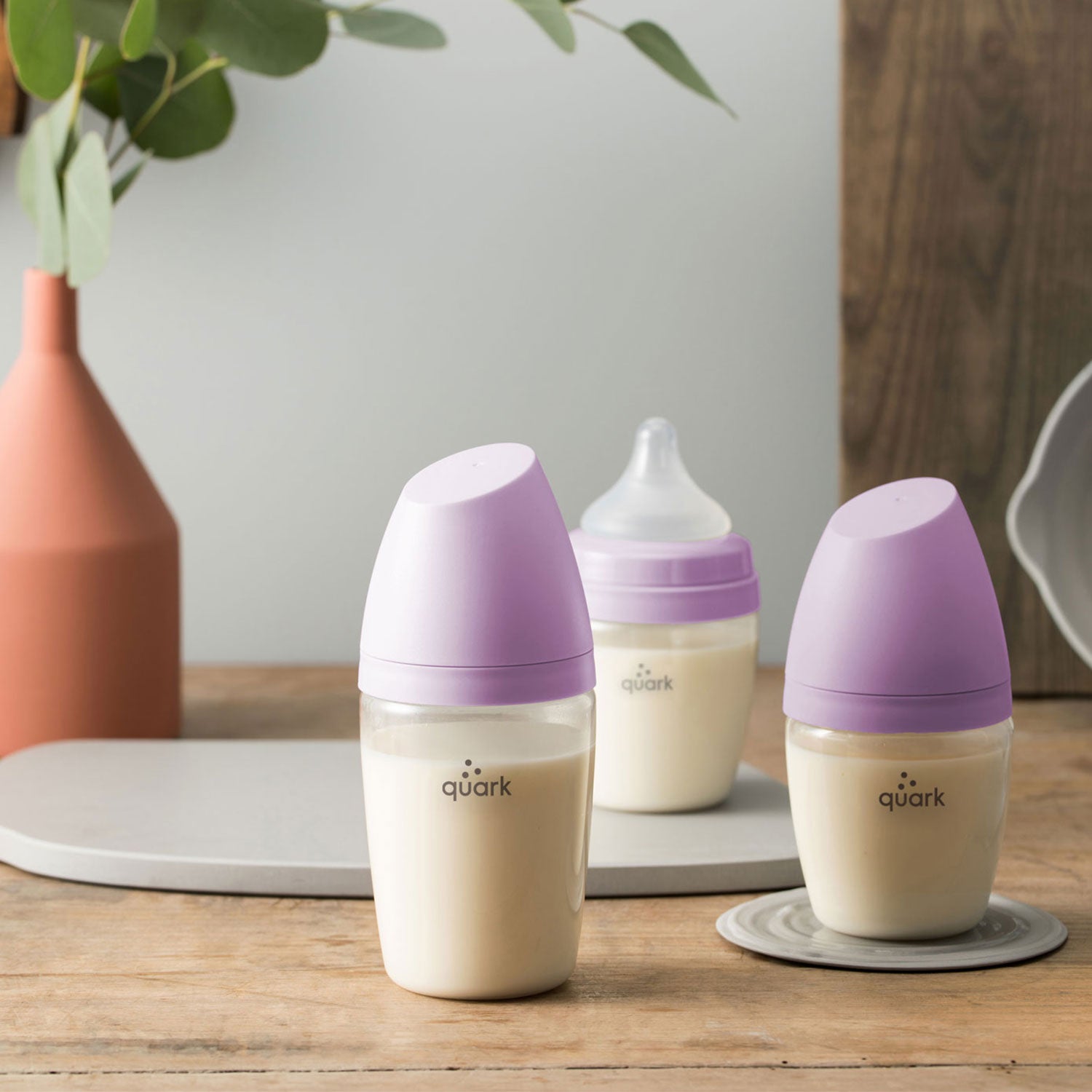




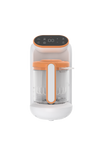
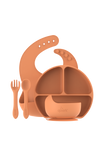
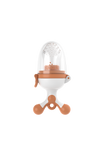
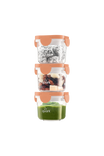
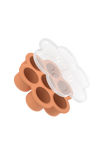
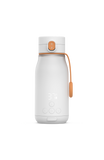
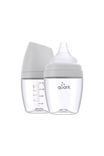
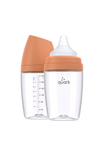
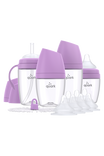
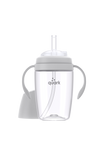
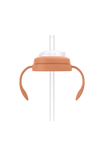
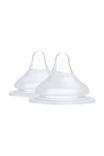
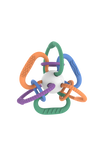

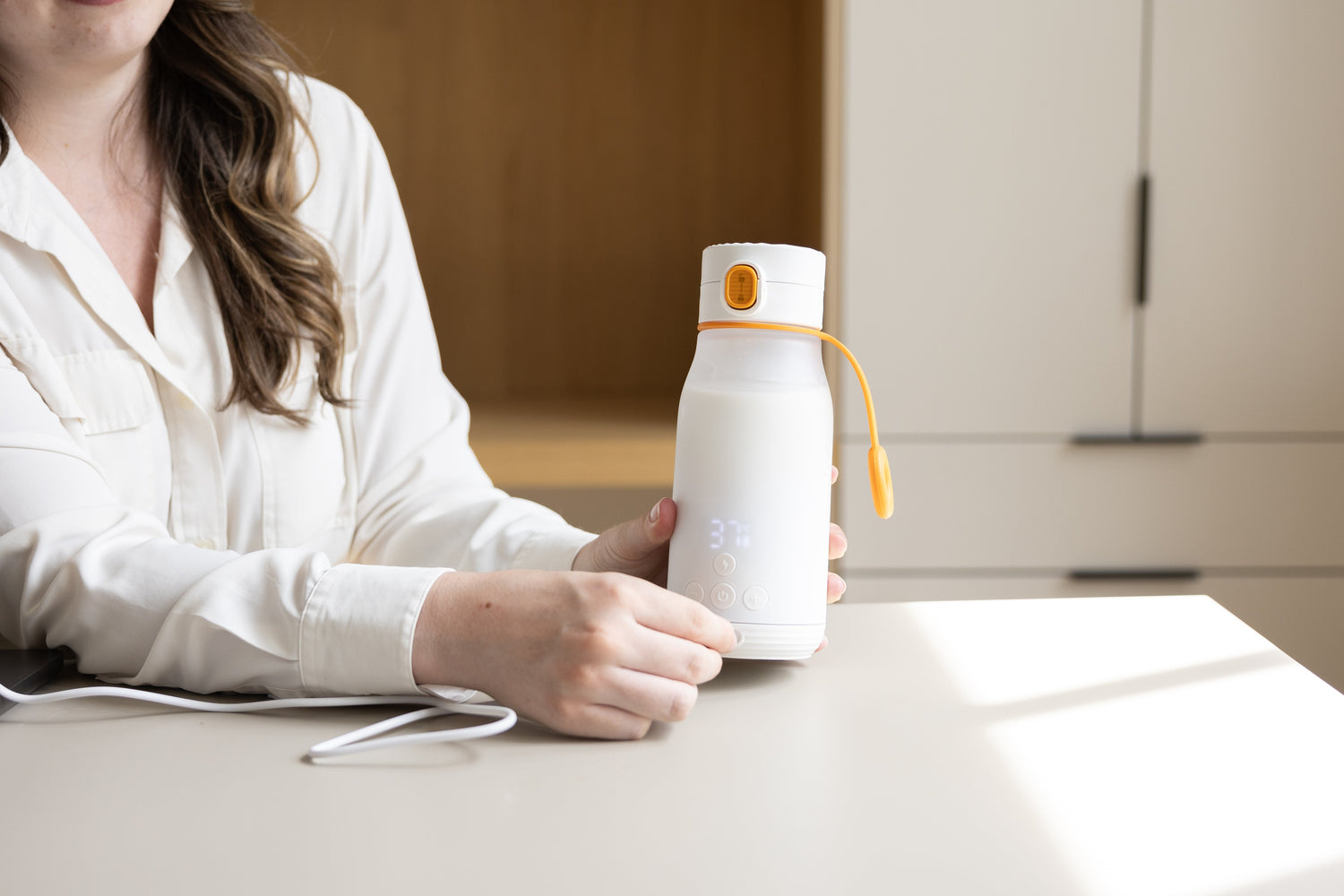


Leave a comment
All comments are moderated before being published.
This site is protected by hCaptcha and the hCaptcha Privacy Policy and Terms of Service apply.